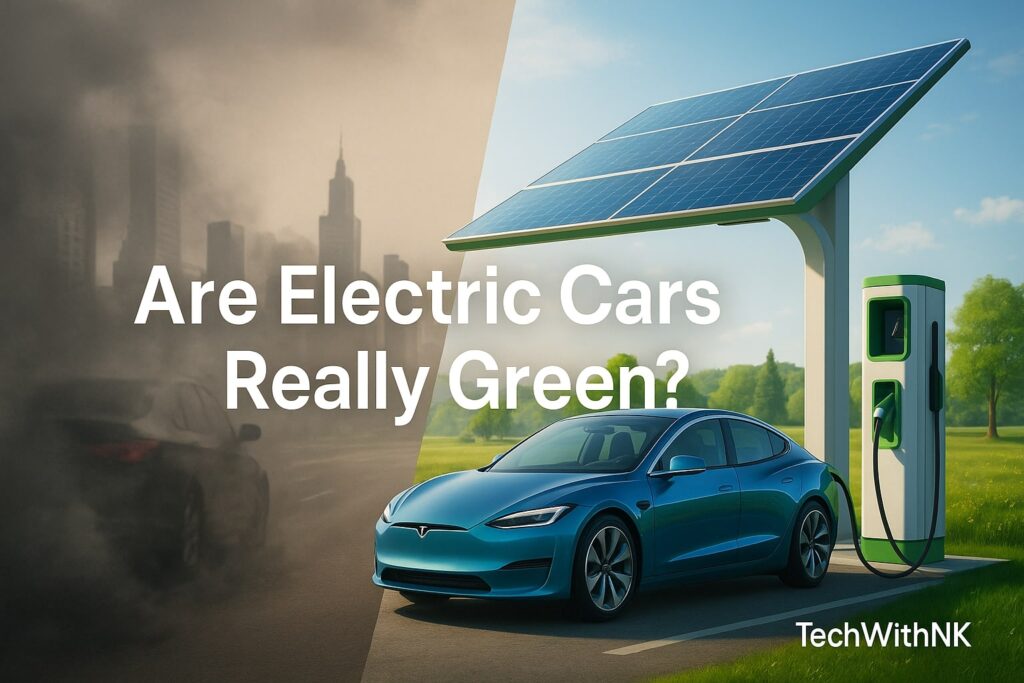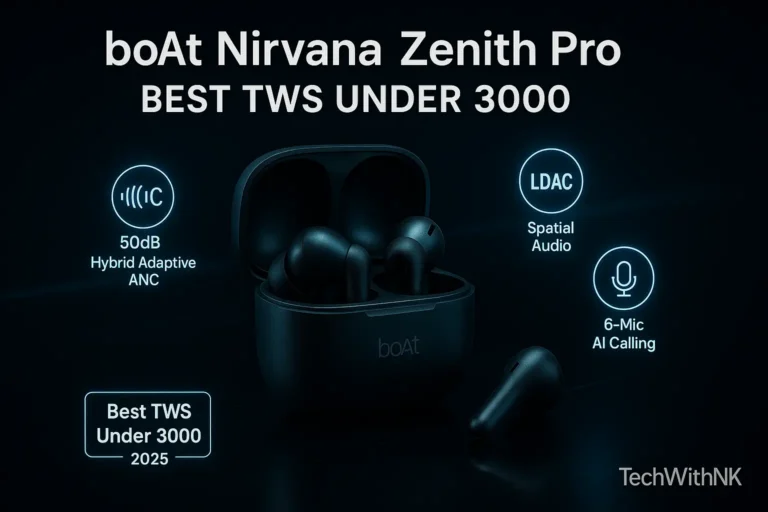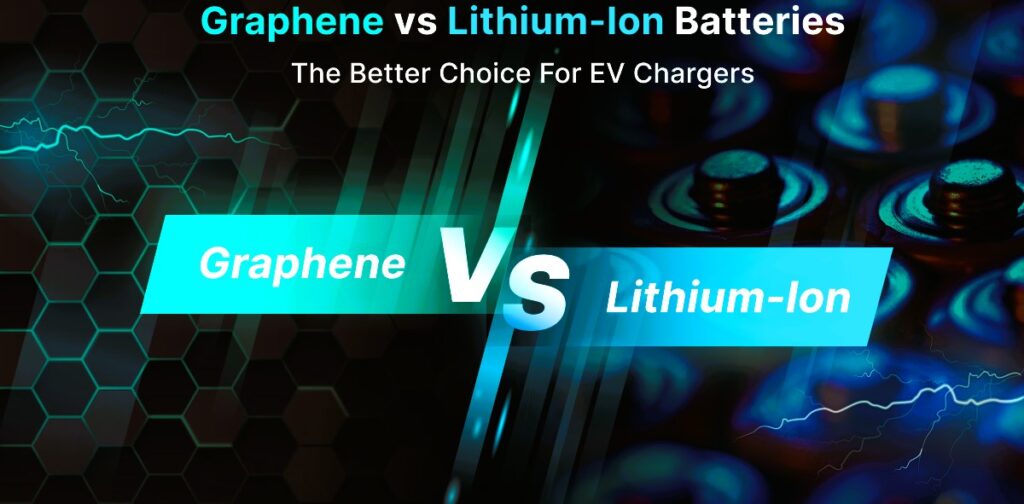Table of Contents
ToggleIntroduction
Electric cars (EVs) are often seen as the future of transportation. Governments, carmakers, and environmental groups promote them as a clean alternative to gasoline-powered vehicles. But many people still ask: Are electric cars really green?
The answer isn’t as simple as “yes” or “no.” While EVs produce zero tailpipe emissions, they still carry environmental costs during manufacturing, battery production, and electricity generation. In this blog, we’ll break down the facts, compare EVs with conventional cars, and explore whether EVs truly live up to their “green” image.
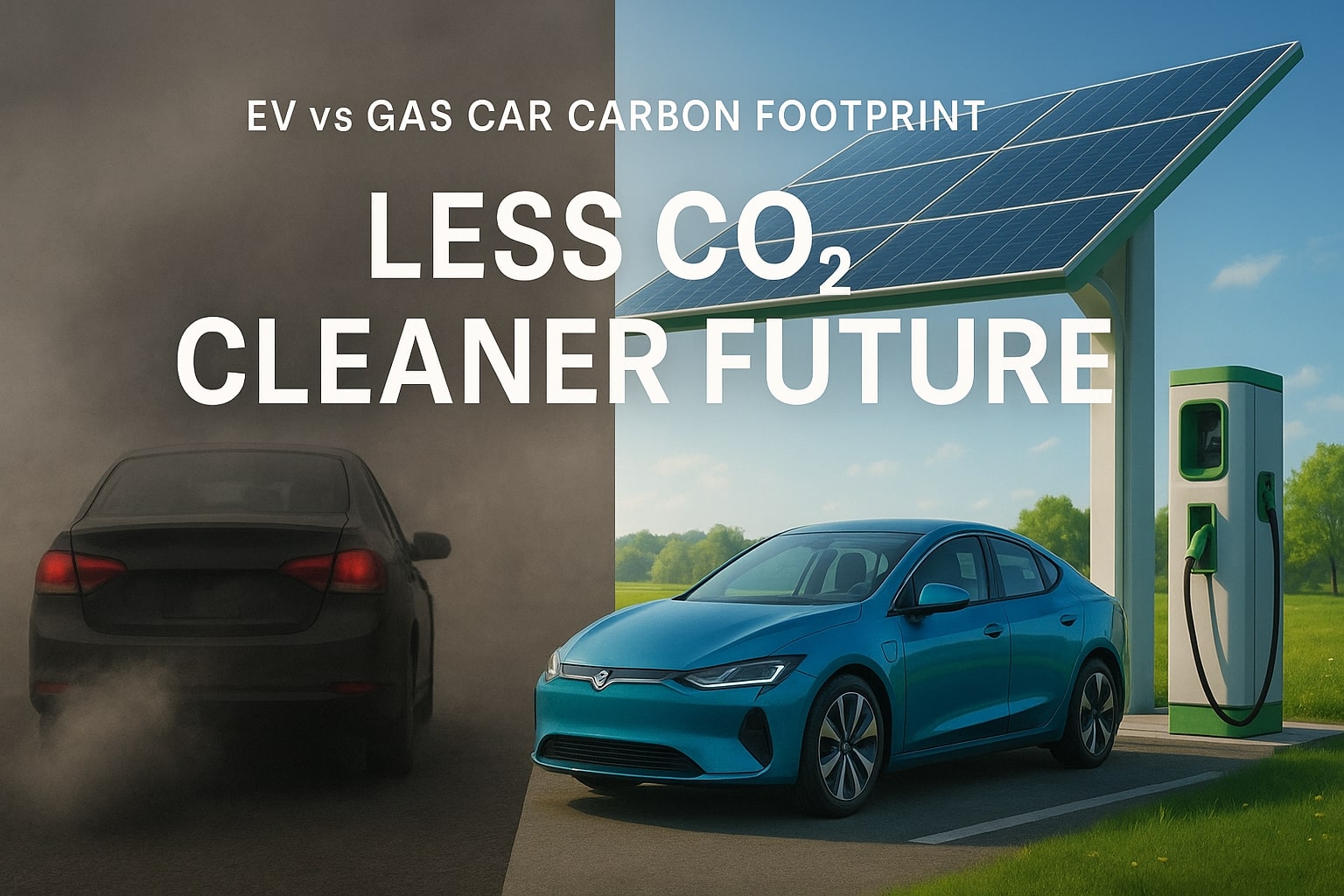
1. The Basics: What Makes a Car “Green”?
A car is considered green if it has a low environmental impact over its lifecycle, including:
Manufacturing emissions (building the car, especially batteries)
Energy source emissions (fuel or electricity production)
Usage emissions (tailpipe exhaust or electricity demand)
End-of-life recycling (disposing or reusing materials)
For EVs, the main differences come from:
No direct tailpipe pollution
High energy demand for battery production
Dependence on power grid sources (coal, gas, renewables)
2. Tailpipe Emissions: EVs Have a Clear Advantage
Traditional cars emit CO₂, nitrogen oxides, and particulates directly from their exhaust pipes. These contribute to climate change, smog, and health issues.
Electric cars, on the other hand:
Produce zero direct exhaust emissions
Improve urban air quality (less smog in cities)
Reduce dependence on oil
So in terms of day-to-day driving, EVs are cleaner.
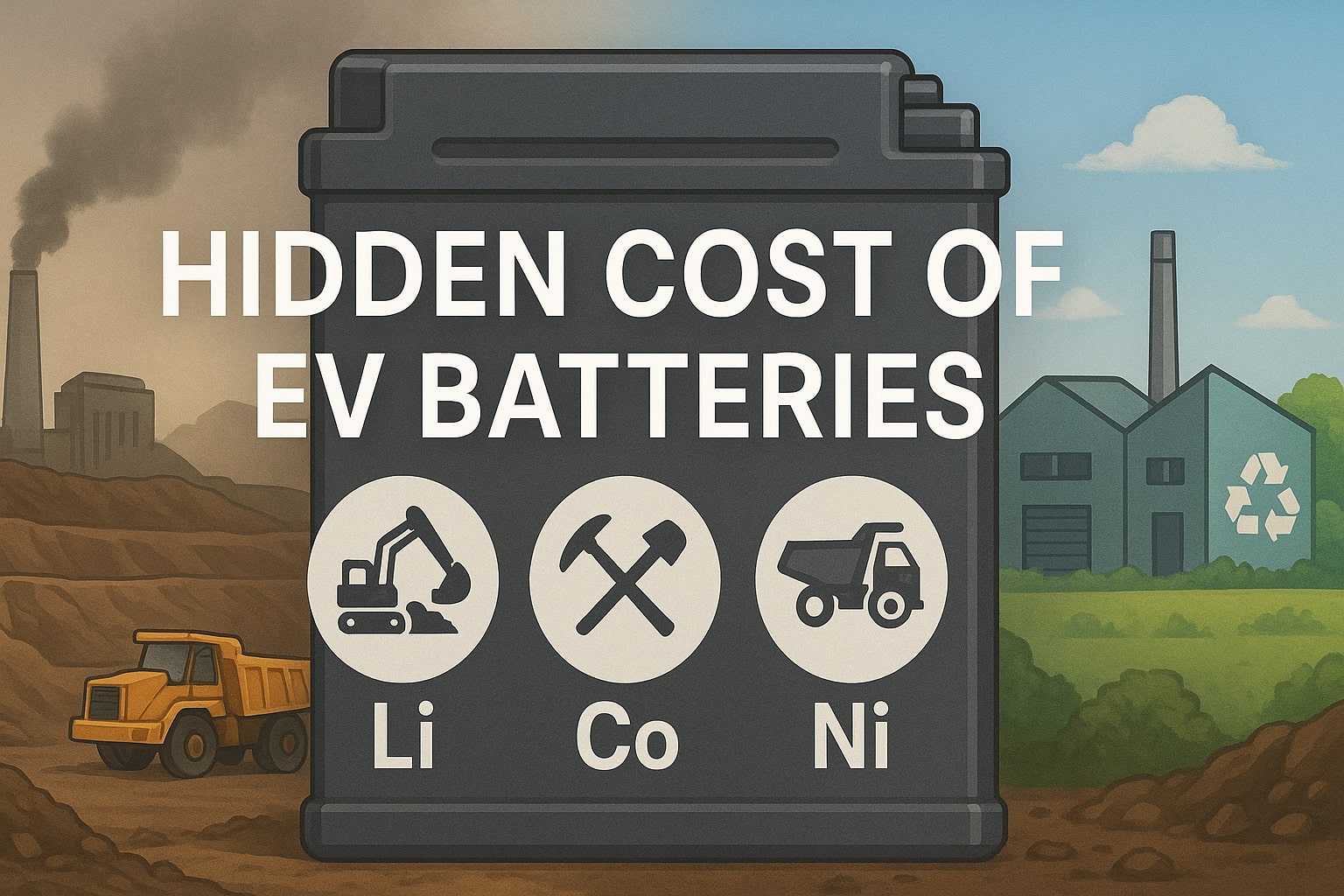
3. The Hidden Cost: EV Battery Production
One of the biggest criticisms of EVs is the environmental cost of battery manufacturing.
EV batteries use lithium, cobalt, and nickel, which require intensive mining.
Mining often leads to deforestation, water pollution, and human rights issues in countries like Congo and Chile.
Manufacturing EV batteries generates 30–40% more CO₂ than building a gasoline car.
Example:
Producing a Tesla Model 3 battery emits as much CO₂ as building a small gasoline car.
However, once on the road, EVs can “pay back” this carbon debt within 1–2 years, depending on electricity sources.
4. Electricity Generation: Depends on the Grid
EVs run on electricity — but where does that electricity come from?
In countries relying on coal power (India, China, parts of the US), EVs indirectly emit more CO₂.
In places with renewable energy (Norway, Iceland, France with nuclear), EVs are almost carbon-free.
Key Fact:
Even on a coal-heavy grid, EVs usually emit less CO₂ per km than gasoline cars. But the difference is smaller compared to regions with clean energy.
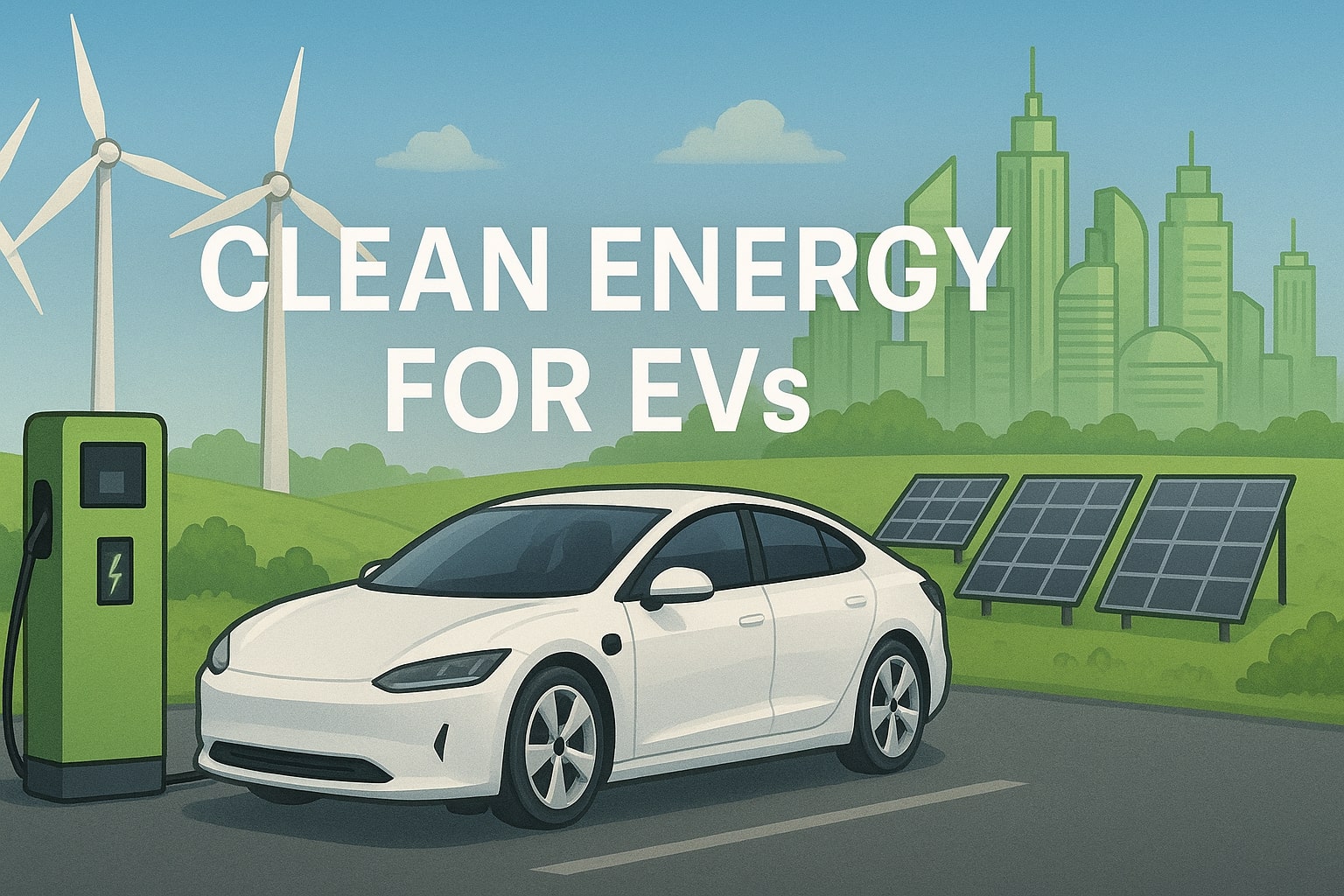
5. EV Efficiency vs Gasoline Cars
Electric cars are far more energy-efficient:
EV efficiency: 60–77% (energy to wheels)
Gasoline cars: 20–30% (most energy lost as heat)
This means EVs need less energy overall, even if powered by fossil fuels.
6. Battery Recycling and Second Life
A major concern is what happens to EV batteries after 8–12 years.
Recycling technologies now recover 95% of lithium, nickel, and cobalt.
Old EV batteries can be reused for grid storage, reducing waste.
Companies like Tesla, CATL, and Redwood Materials are investing heavily in closed-loop recycling.
This will make future EVs even greener.
7. The Long-Term Carbon Footprint
Studies by the International Energy Agency (IEA) show:
An EV produces half the lifetime emissions of a gasoline car, even with today’s grid mix.
By 2035, as renewable energy grows, EV emissions could be 70–80% lower than gasoline cars.
So, while not “perfectly green,” EVs are much cleaner over the long run.
8. Are EVs the Final Solution?
Not entirely. EVs are part of a bigger shift toward sustainable transport. Other solutions include:
Public transport expansion
Cycling and walking infrastructure
Hydrogen fuel cell vehicles
Biofuels and synthetic fuels for aviation and shipping
EVs alone won’t solve climate change, but they are a key piece of the puzzle.
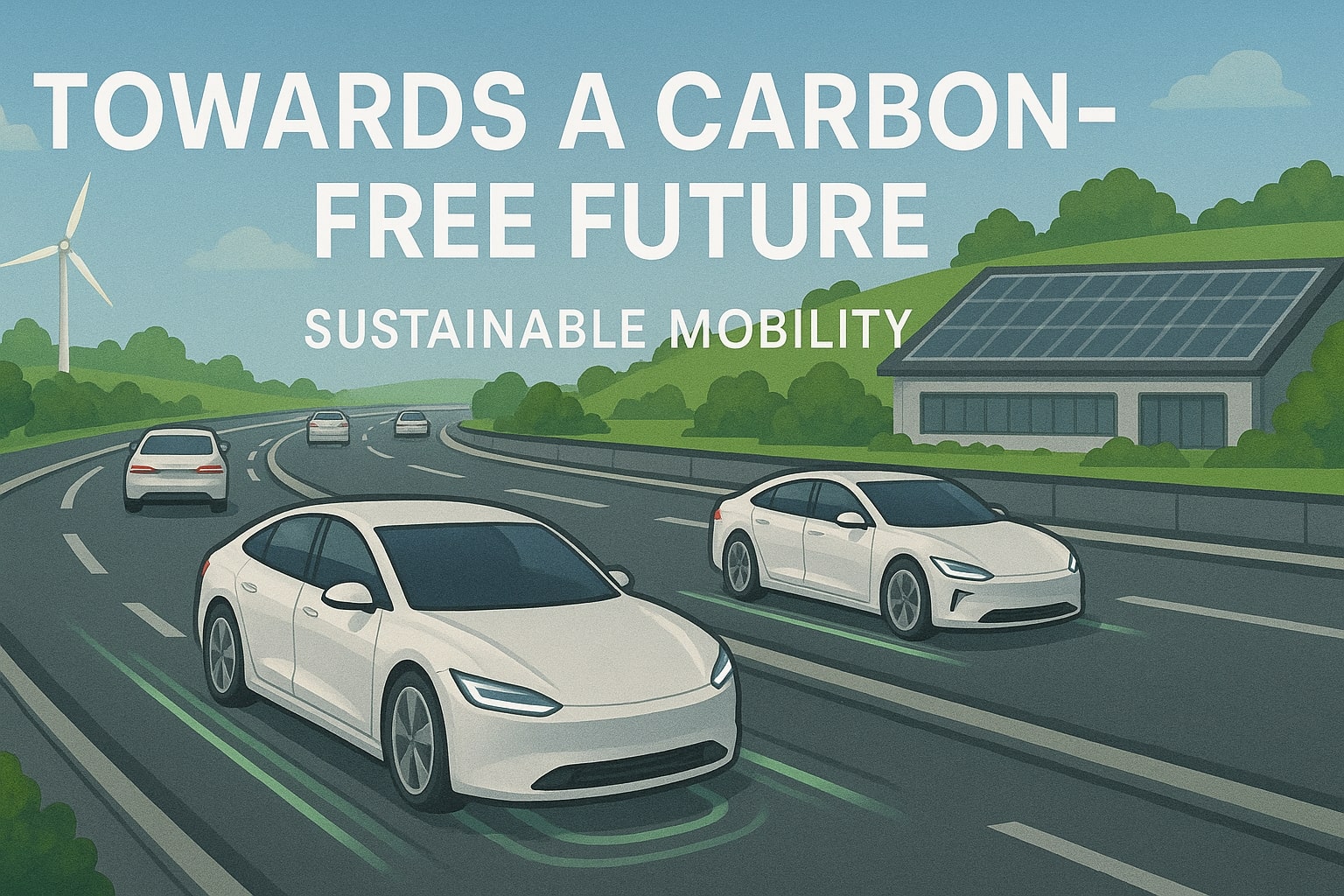
9. Myths vs Facts About EVs
Myth 1: EVs are dirtier than gasoline cars.
➡ Fact: Over their lifetime, EVs emit less CO₂, even with coal-based electricity.
Myth 2: EV batteries cannot be recycled.
➡ Fact: Recycling tech is improving, with companies already recovering key metals.
Myth 3: EVs only shift emissions from cars to power plants.
➡ Fact: True to some extent, but EVs are still more efficient and easier to decarbonize with renewable power.
Myth 4: EVs cause more pollution because of battery mining.
➡ Fact: Battery production is polluting, but lifetime savings in emissions outweigh this within a few years.
10. The Future of Green Cars
Looking ahead:
Battery tech (solid-state batteries, sodium-ion) will reduce mining impact.
Renewable energy growth will make EV charging cleaner.
Recycling systems will reduce waste and resource demand.
By 2040, EVs could be nearly carbon-neutral, especially if paired with green grids.
Conclusion
So, are electric cars really green?
✅ Yes — compared to gasoline cars, EVs are far cleaner over their lifetime.
⚠ But — they are not “zero-impact.” Battery mining, manufacturing, and dirty electricity reduce their benefits.
The real solution is a combination of EVs + renewable energy + sustainable transport systems. EVs are not perfect, but they are a crucial step toward a cleaner future.
Are electric cars really zero emissions?
No. EVs have zero tailpipe emissions, but their electricity and manufacturing still generate CO₂.
How long does it take for an EV to become greener than a gas car?
Usually 1–2 years of driving, depending on electricity sources.
What happens to old EV batteries?
They are recycled or repurposed for energy storage. Recycling efficiency is improving.

